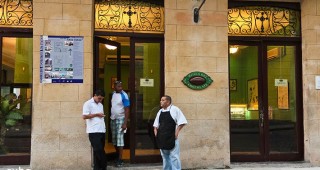After the city walls began to be demolished in 1863, construction works for a luxury hotel began on El Prado Avenue, one of the city’s most popular promenades. Manuel López and Urbano González, owners of the Inglaterra Hotel, commissioned the construction of the Havana Biltmore Hotel (which was the hotel’s original name) to Cuban architect José Torava and engineer Aurelio Sandoval, whose design resembled the Spanish-Moorish style of the Patio de los Leones of the Palacio Alhambra, in Granada, Spain. Construction works began in 1880 by one of the few Cuban construction companies existing at the time, El Guardián. The hotel was inaugurated on March 22, 1908, at a cost of 500,000 pesos. The cream of the city’s bourgeoisie, including the Bishop of Havana and several government officials, attended the magnificent opening ceremony.
The hotel could be accessed from either Trocadero or Zulueta streets. The ground floor had a drug store, barber shop, café and conference hall, while the hotel’s 162 bedrooms, complete with bathroom and telephone, were located on the upper floors. Its grand central courtyard, in Andalusian style, improved the circulation of air in the rooms, making them more comfortable during the summer. And part of the hotel’s charm was its furniture, the work of Vila & Rodríguez. All in all, its architecture, decoration, services and location made the Sevilla one of the most frequented hotels during the early 20th century. Additionally, the Roof Garden became the meeting place par excellence for the most important politicians and business men of that time, who would enjoy the fantastic view and formal atmosphere while planning campaign strategies and closing deals.
With the purchase of the building next to it, an expansion of the hotel, including a new entrance on El Prado, additional space for a number of shops and 138 new rooms, for a total of 300, was completed by Arellano & Mendoza in 1924. The hotel, now bearing the name of Hotel Sevilla Biltmore, had become so prestigious that many of the attendants to the conference of the Organization of American States held in Havana in 1928 chose to stay there.
The 1929 economic crisis forced the owners to close the hotel. It was reopened four years later by Sucesión Falla Gutiérrez, and in 1939 Don Amleto Battisti y Lora, after bribing a number of government officials, acquired a large percentage of the company shares and gained control of the hotel. Battisti made number of renovations and changes at the hotel, including the opening of a bar decorated by the renowned Cuban caricaturist Conrado Massager and the construction of a casino, mainly frequented by members of the Italian-American mafia.
Right after the triumph of the 1959 Revolution, Battisti asked for political asylum at the Uruguayan embassy and the revolutionary government went on to manage the hotel. In 1969, the Hotel Sevilla was completely restored and transformed into a hotel and catering school. And more recently, in 1993, it was renovated again to meet the highest standards of the industry. It is operated by the French chain Mercure (ACCOR Group).
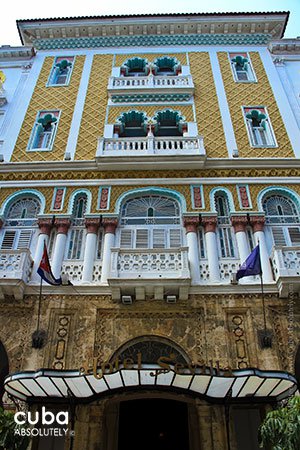

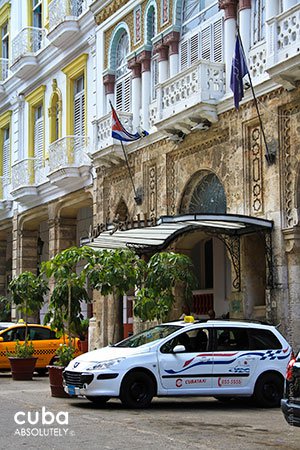
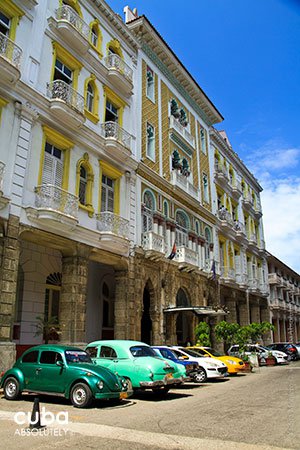
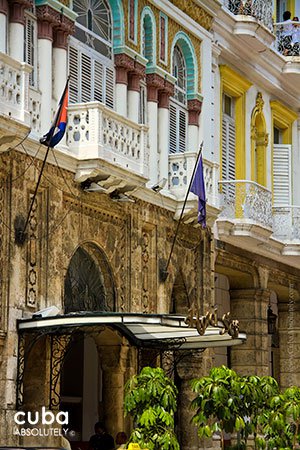

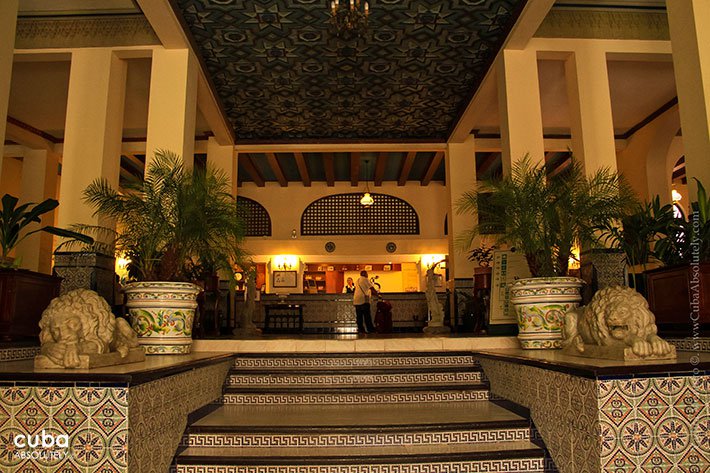


 Other
Other



